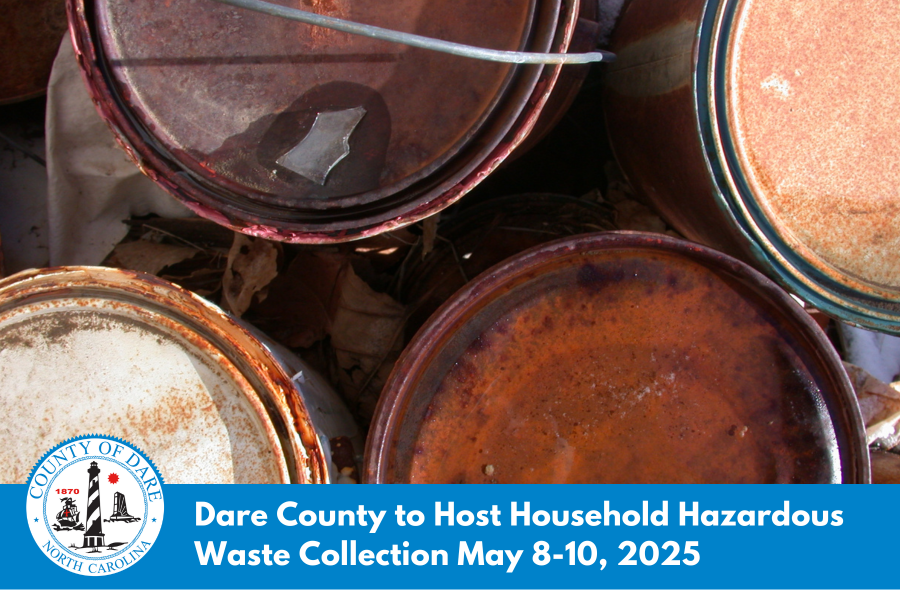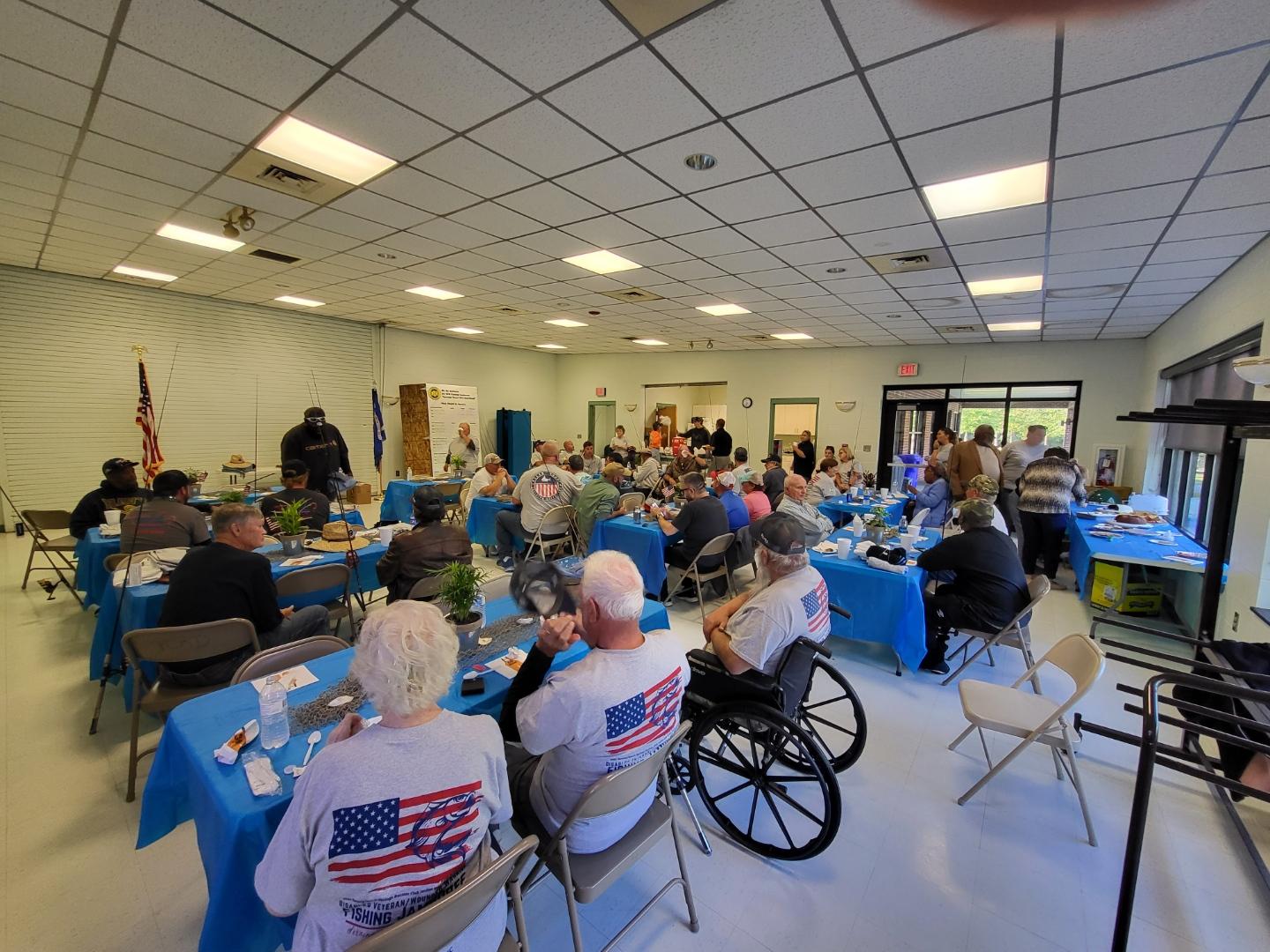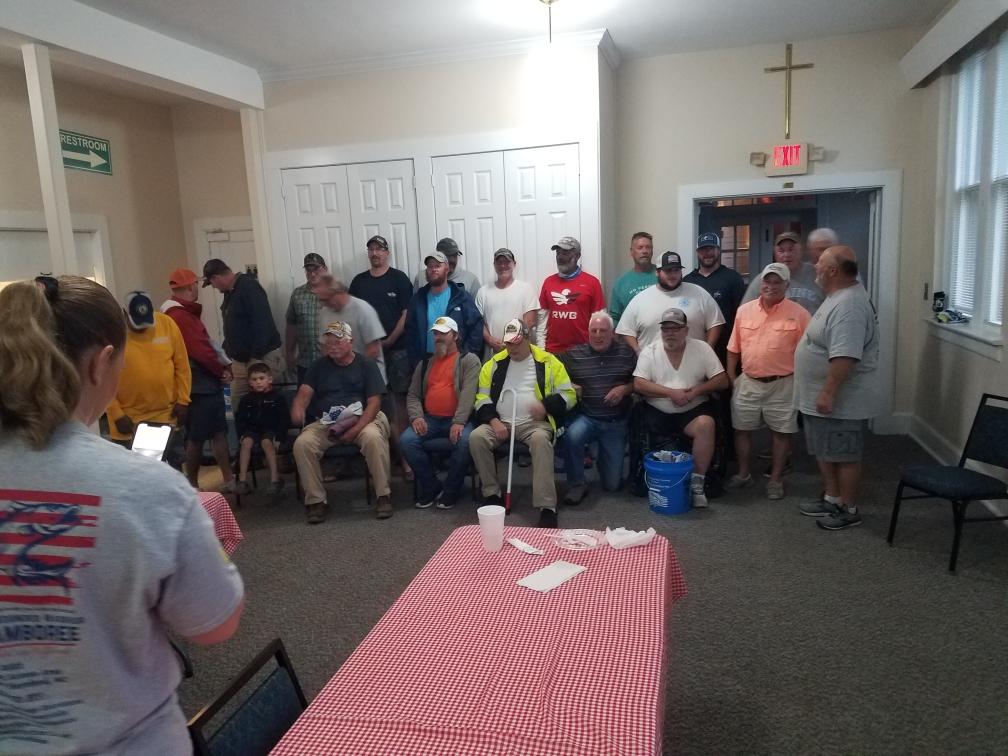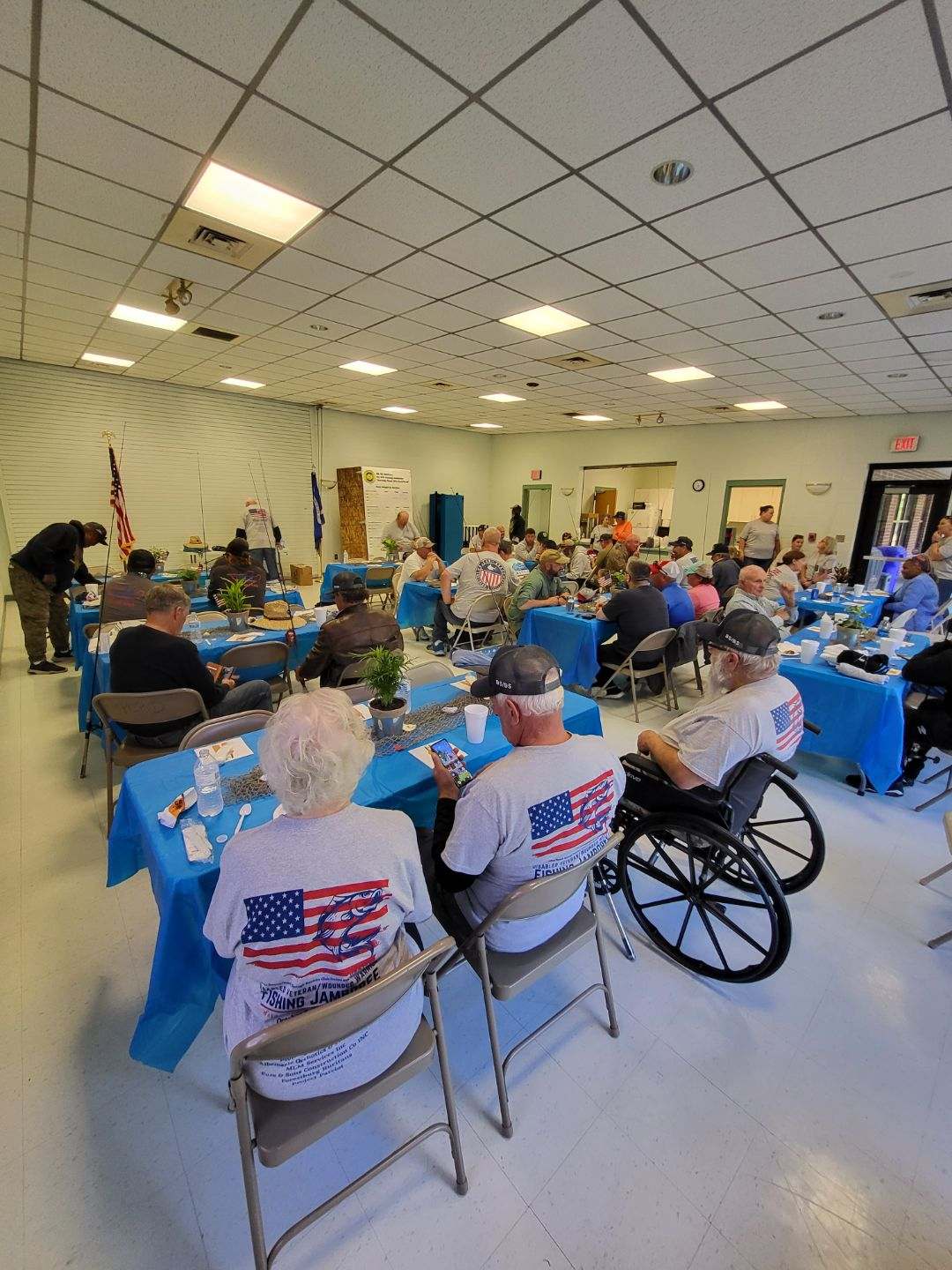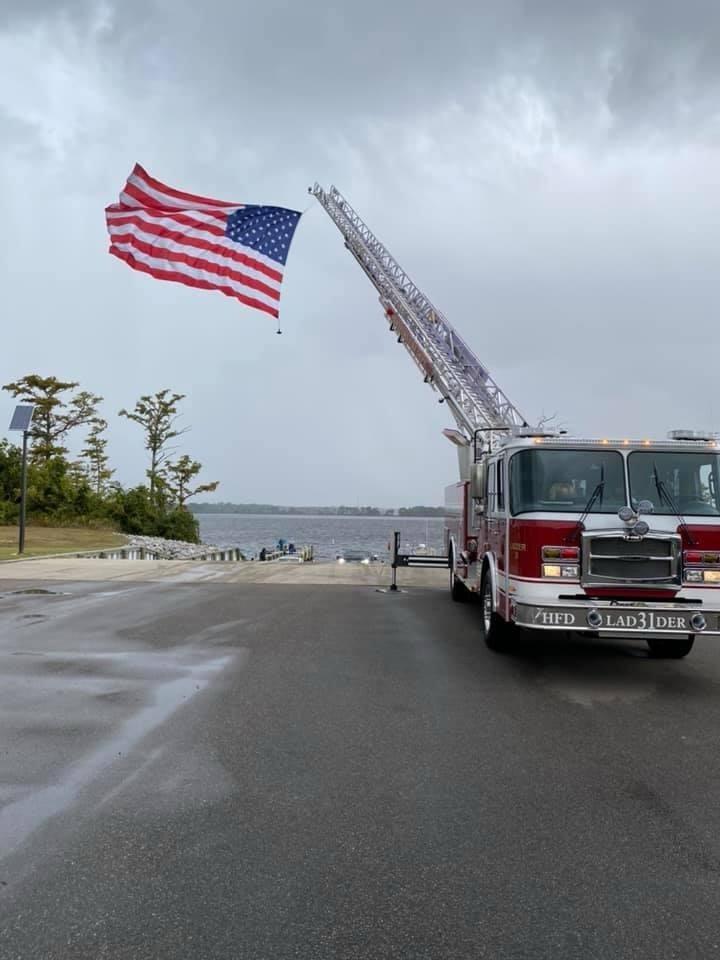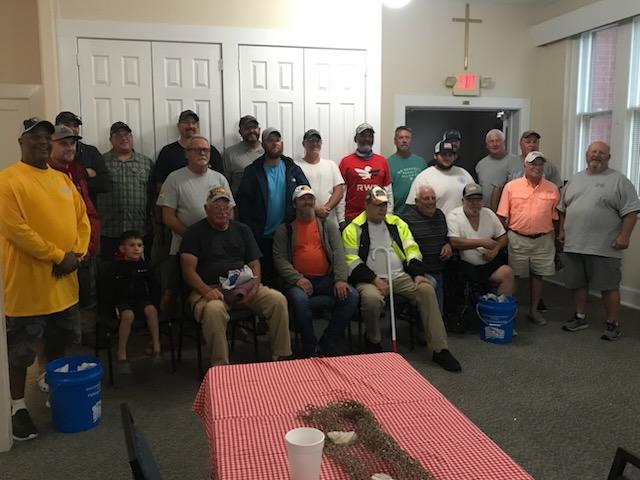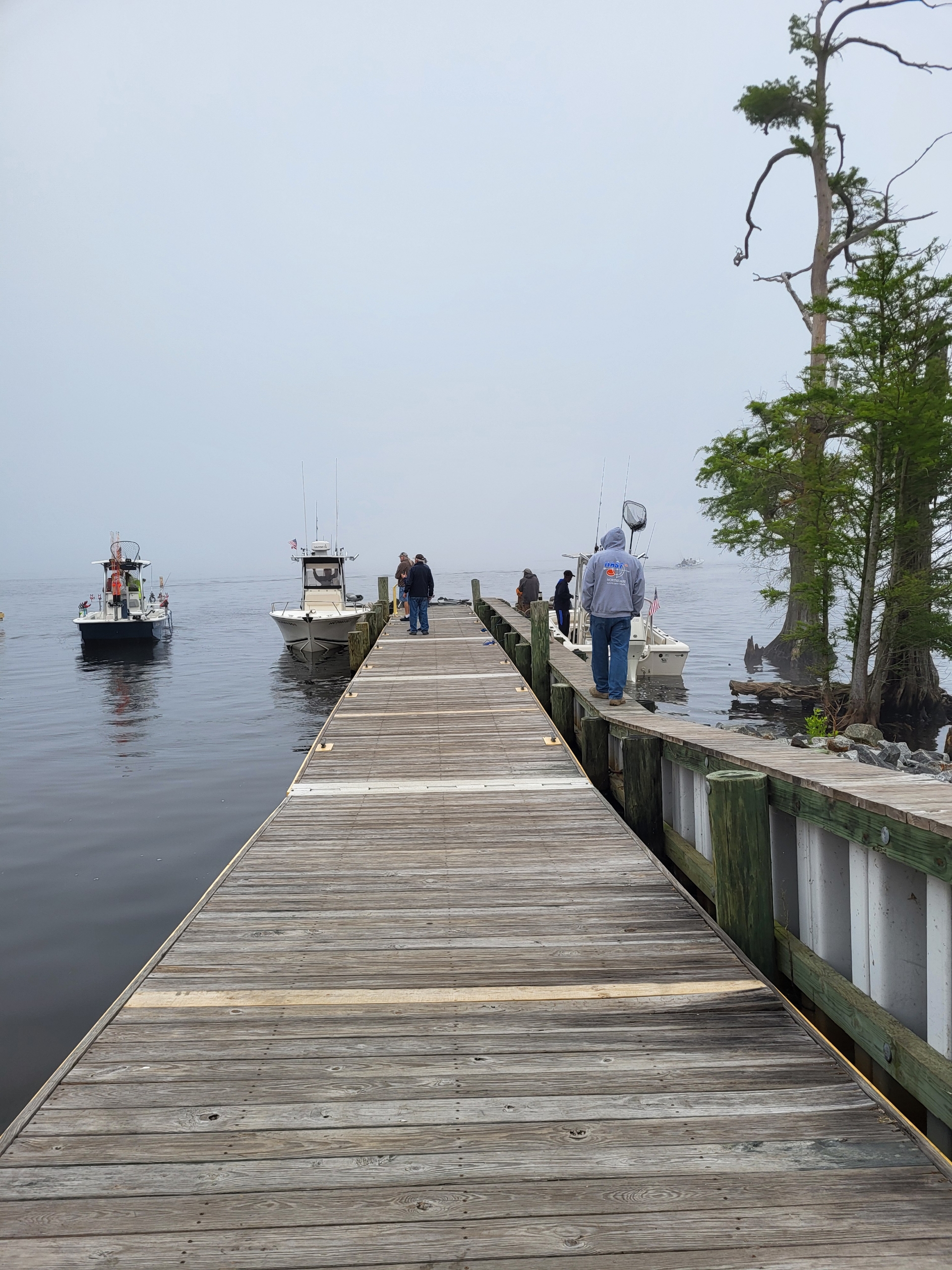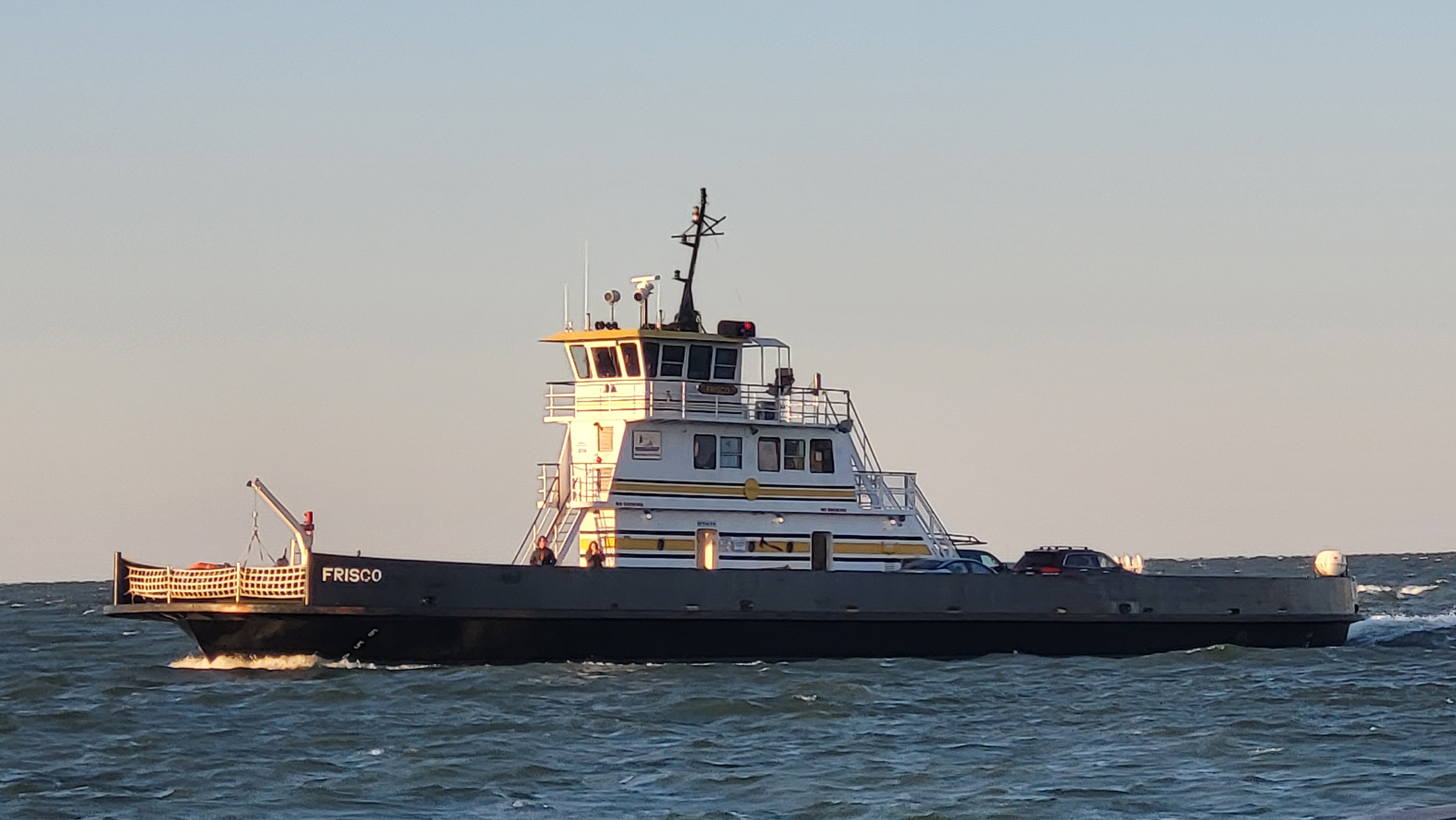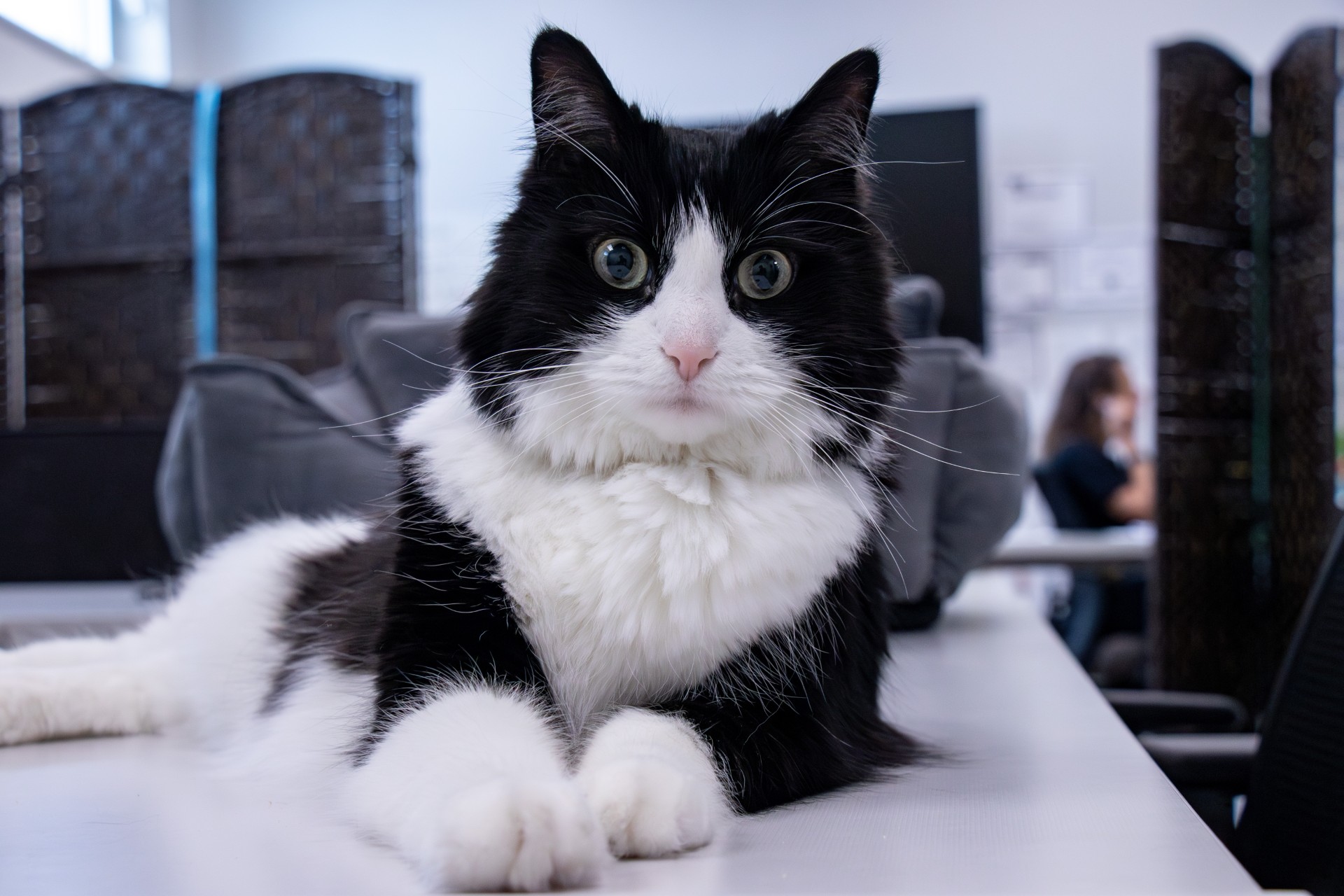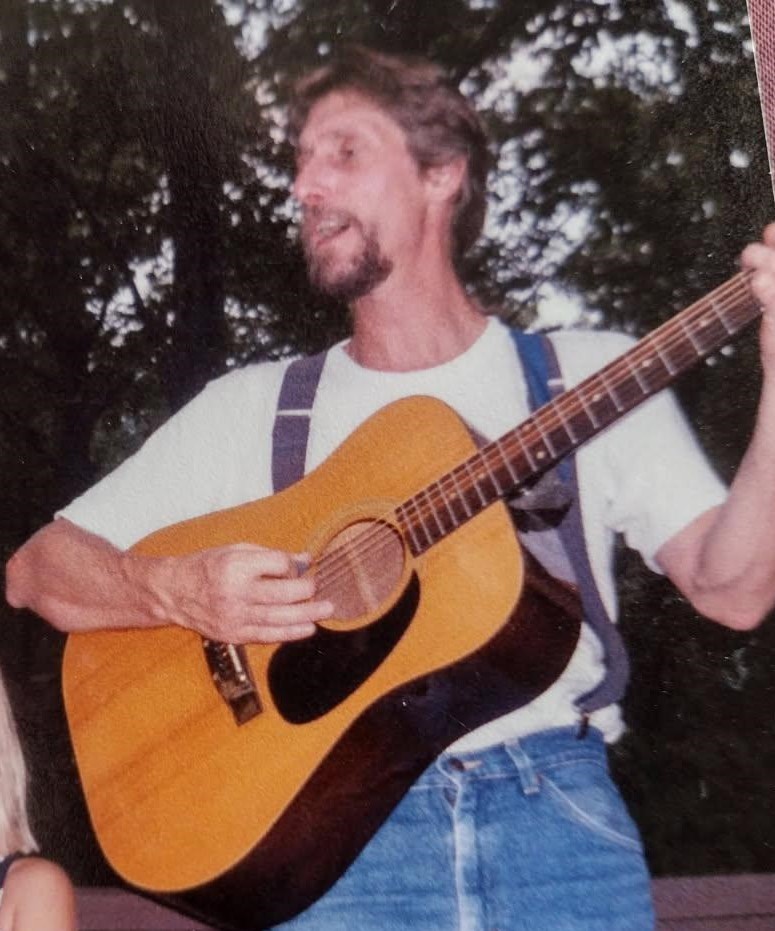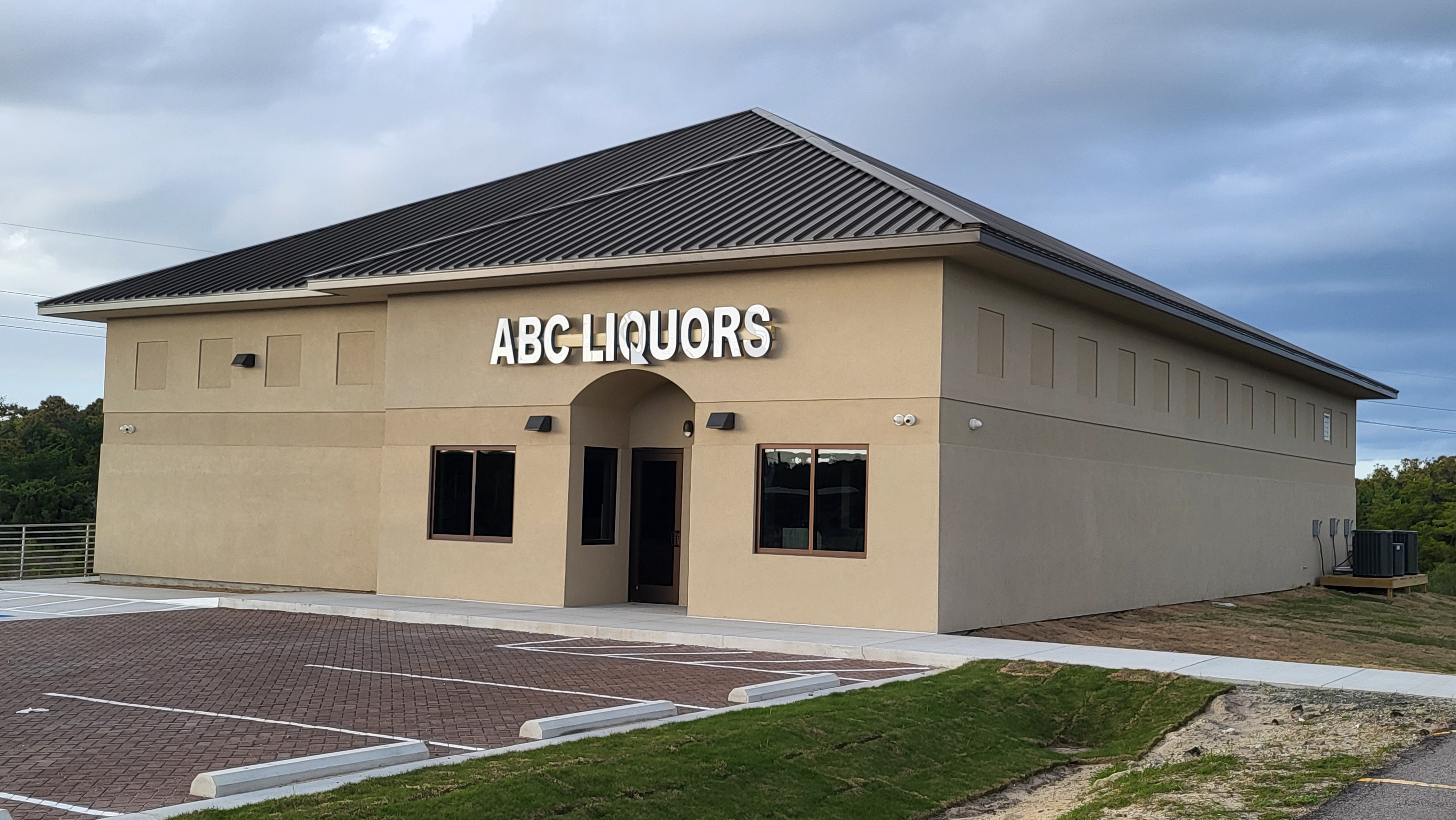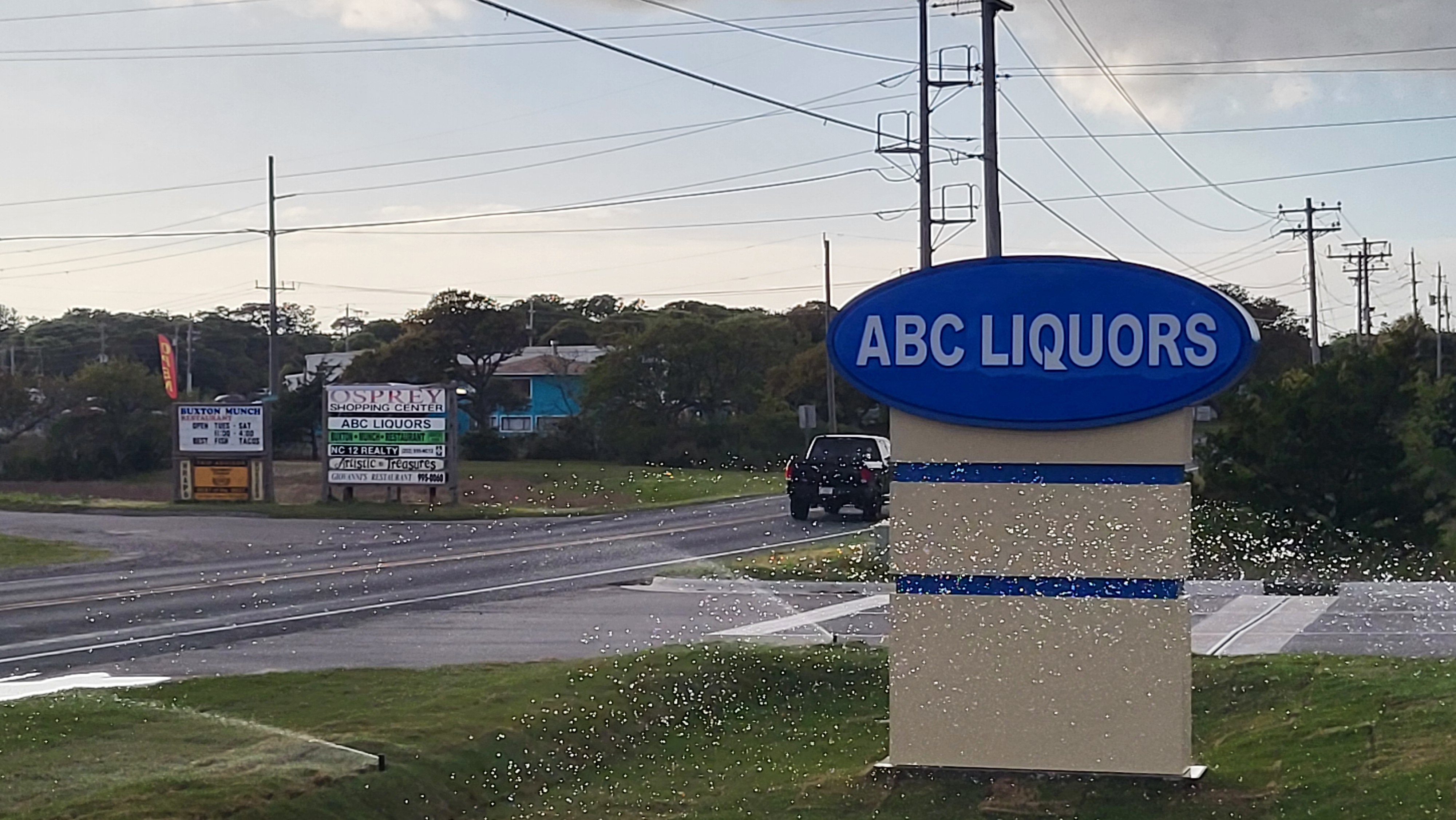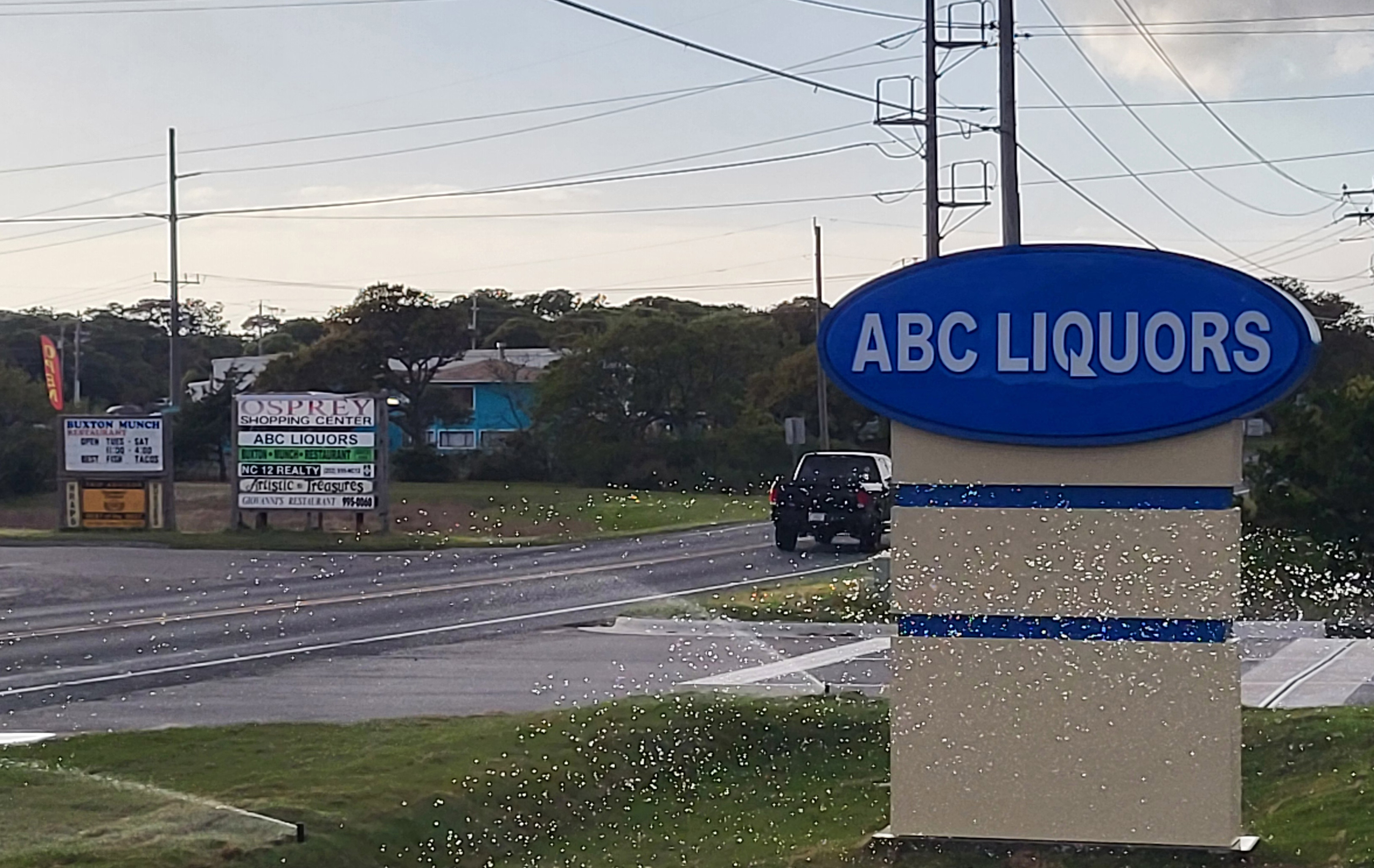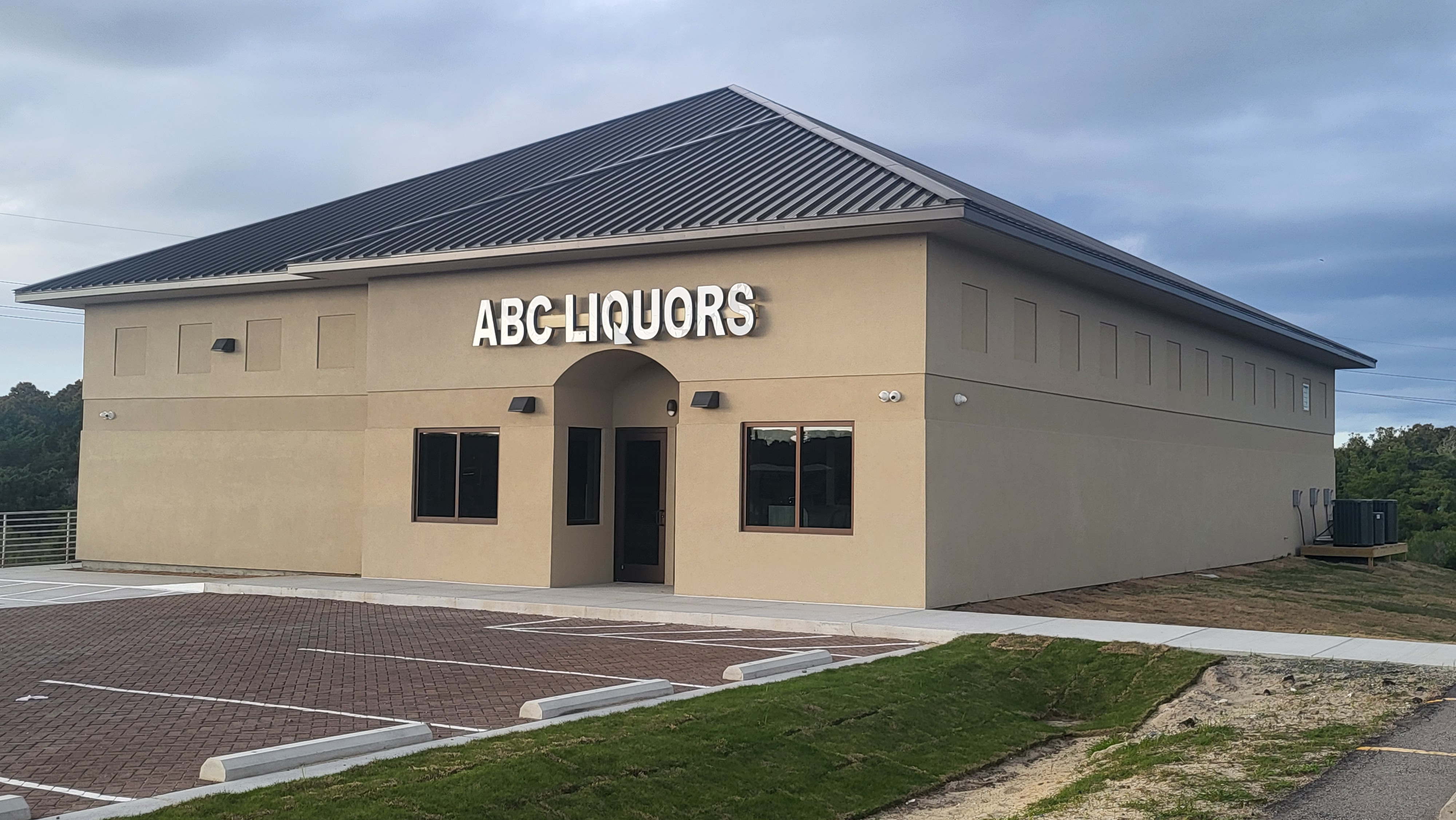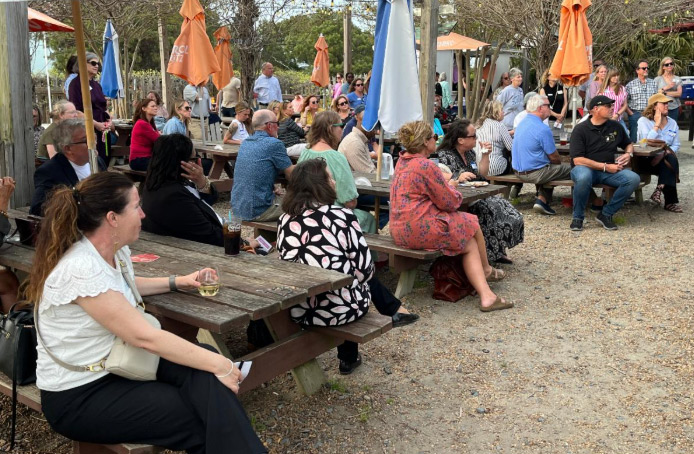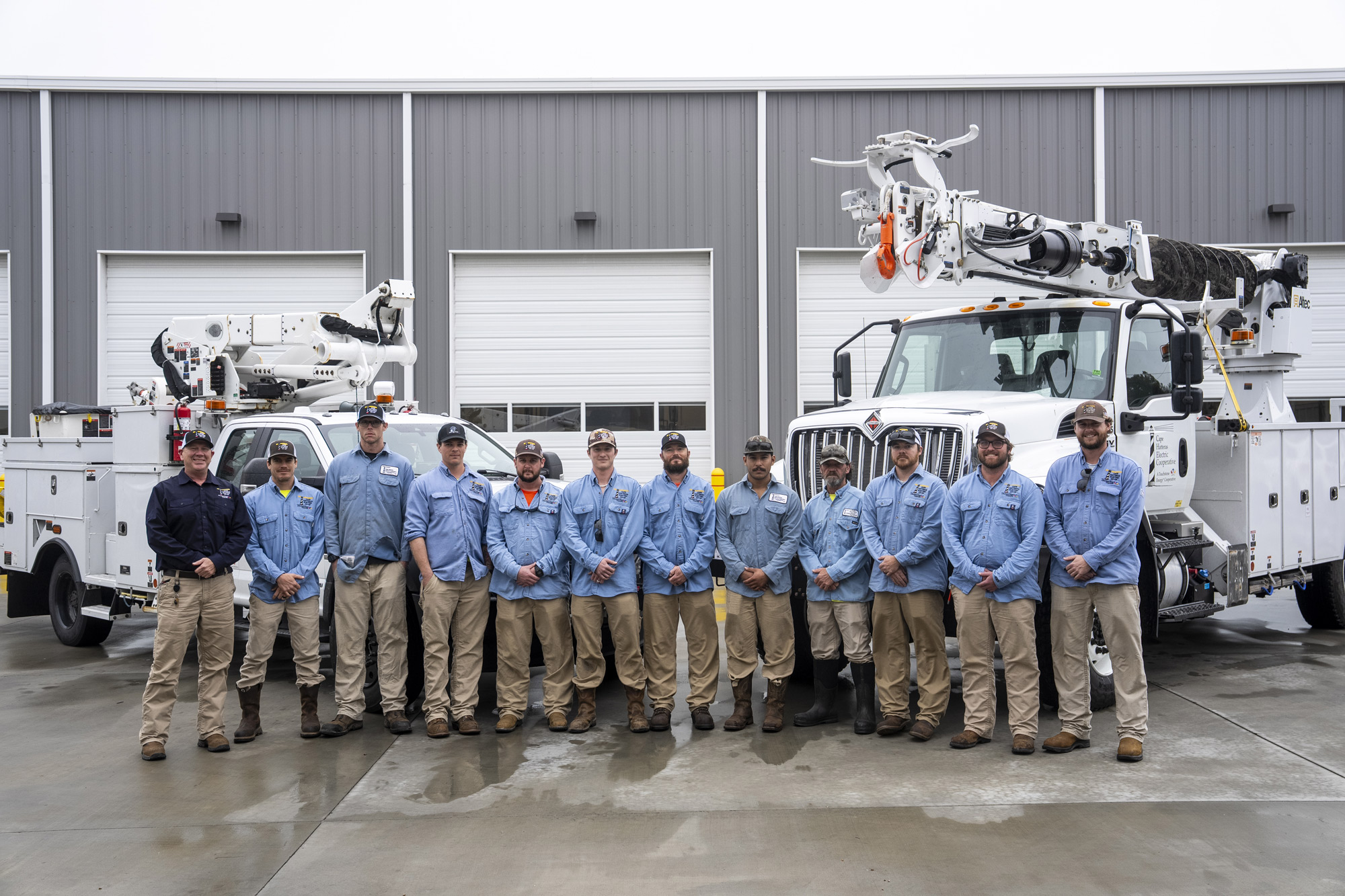Two organizations that tackle post-storm response need volunteers; Here’s how you can help

New residents on Hatteras Island often wonder how they can get involved in the local community. Luckily, the Outer Banks is home to a number of non-profit organizations, which both foster new and stronger relationships with neighbors, and also work to benefit the island in innumerable ways. From the local volunteer fire departments, to beloved groups like the Hatteras Island Cancer Foundation or Friends of Felines, there are ample opportunities for islanders to contribute, and to give back to their home.
But one of the biggest and most noticeable needs when it comes to volunteers isn’t necessarily a year-round endeavor – it’s the help and manpower that is required after a storm.

Kenny Brite is the president of the Hatteras Island Community Emergency Response Team (HI CERT). Founded in 2011 after Hurricane Irene with 80 members in its inaugural year, this non-profit organization currently has about 40 volunteers who jump into action in the immediate aftermath of a hurricane or devastating storm.
“Basically, what CERT does is what I teasingly call ‘shipping and receiving,’” says Brite. “We’re on the logistics side of storm response, while the Methodist Men are more hands-on.”
Dennis Carroll is the Director of the Cape Hatteras United Methodist Men (CHUMM). Though the 43-year-old and 85-member organization helps residents in need all year long, they also become instrumental and a familiar presence in the community after a storm hits.
“Generally, we do the site assessments, prepare work orders, and deploy teams and volunteers,” says Carroll. “One or more of the [island’s] firehouses is generally chosen as the central intake and response point, and we all participate there.”
The two organizations are distinctively different, but they also work hand-in-hand after every major disaster, alongside other organizations such as Dare County Social Services and Dare County Emergency Management.
For example, folks who were on the Outer Banks in the days and weeks after 2019’s Hurricane Dorian likely remember the frenzied but organized activity at the Frisco Fire Station, which became the primary hub for folks to ask for help, drop off or pick up donations, and essentially find various forms of relief after Dorian tore through southern Hatteras Island and Ocracoke Island.
Representatives from both CHUMM and CERT were continually present at the Frisco site, addressing the needs of residents whose homes were flooded with up to seven feet of water, and in many cases, essentially ruined.
“We work a lot, hand in hand, with the Methodist Men. We partner with Emergency Management and also work closely with Social Services, too,” says Brite. “And after a storm, it’s critical to have enough volunteers, especially after a large event… After Dorian, we logged 4,200 volunteer hours, and that was with about 25 people.”

Both organizations have a hefty jumpstart when it comes to storms, for sure. They have community support, non-profit status, and years of experience based on previous hurricane responses, such as after Dorian, Matthew, and Irene.
But the one thing that both organizations currently lack is volunteers.
“People were putting in 40 to 50 hours over the course of one or two weeks during Dorian, which is a lot,” says Brite. “If we could spread that out, it would spread the workload out a whole lot more… we don’t want people to burn out after a storm, and [our volunteers] need to deal with their own homes as well.”
Both organizations offer multiple ways for folks to volunteer, and there’s always a ton of varying work to be done. Folks are needed to help gut flooded homes or conduct emergency roof repairs, but they’re also needed to assess damage and create work orders, manage the distribution and receiving of supplies, help with the intake for residents in need, and a range of other tasks that don’t require heavy lifting or construction experience.
“CERT volunteers have a choice – they can help with intake, can help with supplies management and distribution, or can deploy with the early response teams to sites,” says Carroll. “And the Methodist Men volunteers generally lead the on-site early response, and volunteer at the help desk… we also have a group of volunteers who aren’t capable of heavy lifting, but who can operate as local guides and resources. They can get volunteers to job sites, help them get supplies or materials, or help with any other needs that they have. They simply make the volunteers more efficient.”
“We’re more shipping and receiving,” says Brite. “We get the stuff in, and get the stuff out: Supplies, materials, identifying what needs are and where, that’s what we do… We deal with food [distribution], and housing issues, and we start taking information on Day One of who needs help and where, which helps speed up the process.”
The combined post-storm operations have run like clockwork.
Historically, when a storm impacts the Outer Banks, one region is hit especially hard, while other regions have minimal damage or no damage at all. This was certainly the case during 2019’s Hurricane Dorian, when communities from Frisco to Ocracoke suffered the most, and this was also the case during 2011’s Irene, when the Tri-villages and Avon were the most vulnerable.
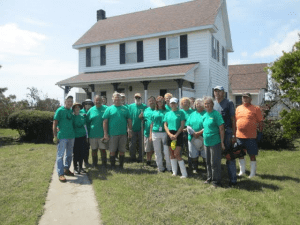
Because of this, the organizations that manage post-storm response select one or more local fire stations to set up a home base, and usually in a minimally impacted area that’s still close to the residents most in need. Then, just hours after the storm departs, they get to work on fielding dozens if not hundreds of requests for assistance to clean up the aftermath.
“We found a niche that was needed, but everyone involved is working towards the same goal, which is to get the community [back on its feet],” says Brite.
“The purpose of this early response is to help with humanitarian needs, and to do urgent repairs that will help reduce the overall damage to homes and [our island], whether it’s to eliminate mold or to prevent further water intrusion,” says Carroll.
Volunteers for either organization certainly aren’t required to work after a storm, and the exact job, and the amount of time spent, is completely up to every volunteer.
“There’s no commitment at all,” says Brite. “Anyone is welcome to take the class, and it’s great information for people to have in general. If you want to be part of the response team after a storm, we’ll put you on the list. Some people evacuate and can’t be there, or need to focus on their [own property], and that’s fine – nothing is mandatory.”
But volunteering for either (or both) organizations can do a world of good, and can have a number of benefits.
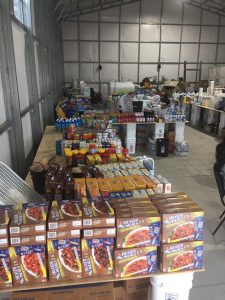
Not only does volunteering serve as a way for newcomers to get ingrained in the local community, but both Carroll and Brite attest that the volunteer work has an inherent, personally rewarding backbone.
“Our people who receive the training and certification also get Priority 1 Re-entry passes… and the rewards of helping your neighbors and community can’t be [understated],” says Carroll.
“It’s definitely worth it,” says Brite. “It makes you feel good in your heart when you are able to help other people. It benefits the community for sure, but it benefits the individual also.”
How to become a Hatteras Island CERT or CHUMM member and volunteer…
Both the HI Community Emergency Response Team and CHUMM require a little training for volunteers to effectively pitch in with the post-storm response.
The Hatteras Island CERT team requires a 20-hour class to become a member, which can be taken in person, or online. “That’s required from the federal government for someone to become a CERT member, and we also require a little extra,” says Brite.
CERT also holds a three-hour, hands-on drill where volunteers will learn the fundamentals of basic first aid, material handling, and even everyday skills like utilizing a fire extinguisher. “We go through a few key things so people know how to safely work with what we have,” says Brite.
Folks can take the 20-hour online class at their convenience, and CERT typically holds at least one 20-hour, in-person class per year. Though 2021’s class has not been scheduled yet, potential volunteers can learn more about the fundamentals by visiting the CERT organization’s Facebook page, or by contacting Kenny Brite at hicert@gmail.com.
Meanwhile, CHUMM is hosting an imminent training session on Saturday, July 10, for new Assessor volunteers, as well as the re-certification of Emergency Response Team volunteers.
The all-day session will be held from 9:00 a.m. until 3:30 p.m., with lunch and snacks provided, at Our Lady of the Seas Catholic Church in Buxton.
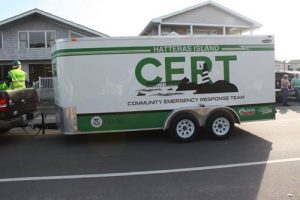
More information on the July 10 training can be found here, and folks who want to volunteer but who are unable to participate in the in-person CHUMM meetings can also attend a Zoom training session, which will be scheduled at a later date.
For more information or to sign up as a volunteer for CHUMM, email chmethodistmen@gmail.com, or call Dennis Carroll at (252) 305-4925, or Jeff Kloss at (814) 241-0718.
Simply put, there is no shortage of amazing non-profit organizations on Hatteras Island that do the local community a world of good.
But with hurricane season in full swing, and the experienced leaders of CERT and CHUMM already mapping out what’s needed when the next disaster strikes, this is the perfect time for newcomers and longtime residents alike to find a concrete way to help their neighbors when they need it the most.
Both organizations operate on volunteer manpower, which is a resource that is always in short supply when time is of the essence, and islanders are desperate to get back to normal.
By volunteering for either organization, participants can ensure that they are doing the most essential work needed after a storm, are helping their neighbors, and are allowing Hatteras and Ocracoke Islands to return to their sunny best as quickly as possible.





